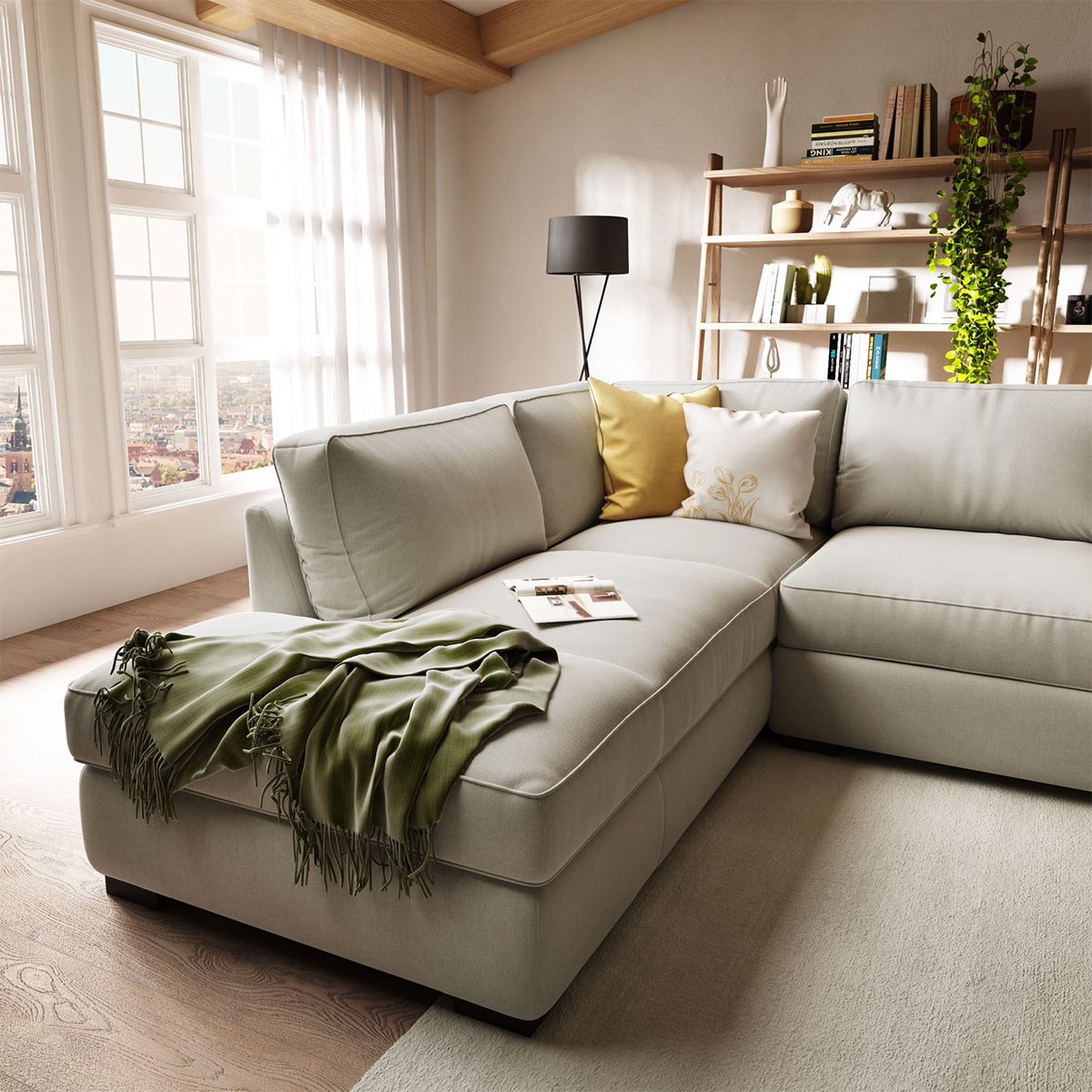Leather furniture can look beautiful and age gracefully, but many people still harbor doubts about making leather a part of their home. Leather furniture is often perceived as difficult or tedious to care for, and it is deemed especially susceptible to mistreatment from small children or pets. Fortunately, these views are baseless. Learning how to care for leather furniture is in reality no harder than caring for other types of upholstered furniture. The tips below will help you keep your leather looking and feeling its best.
Steps
-
Wipe the leather furniture down regularly with a clean, dry cloth. The basic care routine for leather upholstery is simply wiping the furniture down with a dry cotton cloth. This will remove dust from the leather and keep it looking its best.
-
Vacuum dust and debris from the furniture’s crevices. Just as with any other piece of upholstered furniture, the best way to remove the dust and debris that gradually builds up in crevices and under cushions is by using your vacuum’s hose attachment. No special precautions are necessary when vacuuming leather furniture.
-
Apply a leather conditioner regularly. The most notable difference between caring for leather versus fabric upholstery is the need to condition the leather. Leather conditioners are products that have a creamy consistency and are designed to be buffed into the leather. Conditioning the leather regularly keeps it from drying out and developing cracks.
- Leather conditioner can be purchased from many furniture stores. It is also available at auto parts stores, where it is sold for conditioning leather car interiors.
- Application guidelines will vary from product to product. In general, you should expect to condition your leather furniture once every 6 to 12 months.
-
Clean spills immediately with a dry cloth. When anything is spilled onto the leather upholstery, wipe it away as soon as possible. Use a dry cloth or sponge to absorb as much of the spilled liquid as possible, only resorting to a moistened cloth if necessary. Use as little water as possible to clean the spill, and wipe the area dry afterwards.
-
Avoid soaking the leather in water or soap. Unlike fabric upholstery, leather should never be cleaned by prolonged soaking in soap or water. Doing this can damage the leather even more than the initial stain you are trying to remove.
-
Avoid using any cleaning products not designed for leather. Detergents, solvents, all-purpose cleaning sprays, ammonia, bleach, and furniture polish can all be harmful to leather furniture. Do not apply these products in an attempt to clean the furniture or remove stains. Rely on dry towels or sponges as much as possible.
-
Buff small scratches in the leather with a microfiber cloth. Because leather is made from animal hide, it can occasionally dry out and develop small cracks and scratches. These scratches can be coaxed into healing themselves, however. All you need to do is buff them gently with a microfiber cloth until their appearance fades.
-
Keep leather furniture out of direct sunlight. Note that intense, direct sunlight can cause the leather to dry out and fade in color. Try to keep your leather furniture positioned away from windows where it will be exposed to the sun, instead using fabric-upholstered furniture in those locations.

